You’ve spent the day on the trail or on the hill, got to your campsite and the tent’s up.
One of the joys of the great outdoors is that meal at the end of an arduous day to help you refuel.
You could go foraging for wood for an open fire but, let’s be honest, it’s a lot easier to reach into your pack and pull out your stove.
But which is the best for you? We put eight lightweight stoves to the test, ranging from truly miniscule ones that fit in the palm of your hand to full sets that include almost everything bar the kitchen sink.
Which you choose will depend on your needs and the activities you undertake, but we hope our review will help you make up your mind.
We tested each for outright performance: we timed how long it took them to bring 500ml of water at 18C to boiling point at 100C. The testing took place on a cool day with a light breeze. All were tested with a full canister of identical propane-butane gas mix.
We also looked at how well the stove performed at a low, simmering level. We gave a score for how easy they were to use, as well as our usual ratings for build and design quality and value for money.
It’s important to note we’re not always comparing like with like. The ‘micro-stoves’ are small and very light, but remember you’ll need to add a cooking vessel, upping the price, weight and bulk. Others come as a complete system or with built-in vessel.
So let’s get cooking!
Coleman Fyrepower Alpine
Price: £44.99
Weight: 336g including pouch
Fuel: propane/butane
Boil time: 3mins 34secs
Country of manufacture: China
The Coleman Fyrepower Alpine is a ‘spider’ type stove, with a hose that attaches to a remote gas canister.
The three legs-cum-pan-supports are spring loaded. Pulling down the legs enables them to be swung out and locked in position, which also places the pan supports at their maximum extent. The legs have plastic feet with serrated bottoms which helps stability.
The burner is a fairly large diameter and has a tri-part baffle over it. There are also three low windshields around the burner assembly. The inlet pipe for the LPG gas has a pre-heat loop.
Ignition is via a piezo unit that is incorporated into the braided hose, with a heat sheath protecting the feed to the actual spark box which has a windshield around it, and lighting the stove was easy and instant, the position of the piezo button meaning the hand is well away from the flame when it ignites.
The Coleman stove felt stable in use.
The control valve is built into the cartridge connector. The Fyrepower Alpine was good at simmering, with a very low flame achievable. Boil time at full power was reasonable.
The Coleman stove was easy to use, with piezo ignition meaning no lighter or matches is needed. You’ll need to supply your own pots to cook with it. It comes with a storage bag with drawcord closure.
Gas consumption figures from Coleman are 264g per hour, and rated power is 3,800W.
Performance 27/40
Controllability 16/20
Ease of use 16/20
Quality 6/10
Value for money 6/10
Total score: 71/100
Go System Venture Stove
Price: £29.99
Weight: 198g including pouch
Fuel: propane/butane
Boil time: 3mins 3secs
Country of manufacture: not stated
The Venture Stove screws into the top of a gas canister.
Its burner is quite a large diameter and it has piezo ignition, with the unit sitting between two of the pot supports and the button low down away from the flame.
It’s a fairly simple design: the four pan supports simply fold out to give the full width for cooking. As with all canister-top stoves, care has to be taken not to let it tip over, as the centre of gravity is quite high. The pan supports are serrated to help keep your pot in place when cooking.
The Go System stove isn’t particularly compact when folded, though it is fairly light and it does come with a storage bag. You’ll need to add your own pots to use it to cook.
Boil time was good and the Venture Stove was also controllable when simmering.
Go System rates the stove’s power at 2,500 watts, with a gas consumption rate of 156g per hour.
Performance 30/40
Controllability 16/20
Ease of use 16/20
Quality 6/10
Value for money 7/10
Total score: 75/100
Jetboil Flash 2
Price: £119.99
Weight: 398g
Fuel: propane/butane
Boil time: 1min 55secs
Country of manufacture: China
For pure speed, the Jetboil wins hands down. In our tests, it boiled our standard half-litre of water in less than two minutes.
This is mainly due to the design of the stove, which has a FluxRing element on the bottom of the cooking vessel. This is a metal concertina design that increases significantly the heated surface area and helps get the maximum efficiency from the burner.
The Jetboil Flash 2 comes as a complete cooking system – just add your gas canister. The stove is a vertical arrangement, but it comes with a plastic tripod with fold-out legs that clips into the bottom rim of standard propane-butane canisters to help stabilise it.
The burner assembly screws on to the top of the gas canister after folding out the spring-loaded regulator bail and the cooking pot then locks on to the burner with a bayonet turn. The vessel has a 500ml safe capacity.
Jetboil recommends lighting the stove before placing the cooking cup on to it. It’s slightly fiddly lining up the slot on the edge of the vessel with the indentations on the burner. It’s safe to hold the burner shroud, which doesn’t get hot, but care has to be taken once lit not to touch the metal section of the vessel, which obviously gets hot.
The cup has a stretchy cosy around it, which incorporates a broad webbing handle. The cosy both helps keep the contents warm and enables the vessel to be handled safely. In the side of the cosy is a large plastic temperature indicator, which glows orange once a temperature of 65C has been reached.
The Flash 2 comes with a transparent lid that incorporates both a strainer and a drinking hole.
The Jetboil cup also has a plastic protector at its bottom, which doubles as a drinking or measuring cup if needed. This has to be removed before attaching the burner to the cooking vessel. The skirt cover has markings for thirds of a cup; it would be useful if ml markings were added. It locks securely on to the bottom of the cooking vessel for storage.
For complete self-sufficiency when travelling, a small 100g gas canister will fit in the stove cup if needed.
For boiling water for a hot drink or for rehydrating dry food, the Jetboil Flash 2 was unbeatable. It was less controllable when simmering to cook food in the cup, with constant stirring required and occasional lifting off the burner to avoid overcooking. But that’s not really the purpose of the Flash 2, which is to provide maximum efficiency with minimal fuel use.
Its rating is 2,000W power with a consumption of 139g per hour but, as you’re likely to need to burn the stove for less time, gas consumption should be good.
An accessory pan support is available at extra cost, though using standard pots will negate the advantage of the Jetboil FluxRing.
Quality and design of the Jetboil Flash 2 was very good.
Performance 37/40
Controllability 10/20
Ease of use 17/20
Quality 9/10
Value for money 7/10
Total score: 80/100
MSR Pocket Rocket 2
Price: £33
Weight: 102g including case
Fuel: propane/butane
Boil time: 2mins 36secs
Country of manufacture: Korea
The PocketRocket 2 is the latest incarnation of MSR’s ‘micro-stove’, incorporating improvements to the original design.
It’s a canister-top stove that packs away very small. The PocketRocket 2 comes with a rigid plastic storage box.
It’s simple to use: unfold the three pan supports then swivel them into position. The spring-loaded valve handle is then unfolded and the stove is ready to screw on to your gas canister.
There’s no piezo ignition; you have to use a lighter or fire steel. The burner is a fairly small diameter but performed well, boiling our test half-litre of water in just over 2½ minutes. The burner has a central three-part wind baffle that helps keep the rest of it burning if one blows out, and subsequently automatically re-ignites.
As well as boiling very well, the MSR PocketRocket 2 was very good at simmering, with the flame able to be turned very low before going out. Controllability was the best among the simple ‘micro-stoves’.
The MSR stove was the lightest in the test and is small enough not to take up too much space in your rucksack, though of course you’ll need to add in pots and gas canister into the equation.
Quality was good and price reasonable. Power output according to MSR is 2,400W; a 227g propane-butane canister should provide about an hour’s burn.
Performance 31/40
Controllability 18/20
Ease of use 14/20
Quality 8/10
Value for money 8/10
Total score: 79/100
Optimus Crux
Price: £50
Weight: 110g including pouch
Fuel: propane/butane
Boil time: 3mins 8secs
Country of manufacture: Romania
The Crux is another micro-stove, designed to be screwed directly into the top of a gas canister.
It’s light and neat, with a clever design that incorporates a ball-and-socket joint under the burner that allows the fairly large diameter burner to be rotated sideways to take up less space. A sliding collar allows the movement, with the burner snapping firmly into place when in its position for use.
The three pan supports fold out and are serrated to help keep pots in place. They also provide some wind-shielding. The valve handle has a curved section that allows it to be folded in very tight to the body of the burner. When all of this is done and the Optimus stove packed into its little soft case, the whole thing is designed to fit into the recess under a 227g gas canister and secured with its elastic cord – a nice space-saving feature.
In use, the Crux boiled our test water in just over three minutes and simmered food quite well, but did extinguish quite suddenly when the valve was turned just beyond a certain point. There’s no piezo ignition, so you’ll need a lighter or fire-steel.
The design of the Optimus Crux is clever and well-thought-out, clearly aimed at those wanting to keep weight and bulk to a minimum. Pans and gas canister need to be added, of course, for cooking.
Quality was very good and the stove provides 3,000W of power. Optimus says a full 220g canister will last 90 minutes at full power.
Performance 28/40
Controllability 16/20
Ease of use 15/20
Quality 8/10
Value for money 7/10
Total score: 74/100
Primus OmniLite Ti
Price: £215
Weight: 792g for full kit excluding fuel
Fuel: propane/butane; white gas; petrol; kerosene; diesel
Boil time: 3mins 5secs (with LPG fuel)
Country of manufacture: EU
If you’re heading to remote parts where it might be difficult to lay your hands on a gas canister or two this Primus stove could be a good bet.
The OmniLite Ti is the lightweight version of Primus’s multi-fuel ‘spider’ type stove, and uses titanium in the three pan supports and the burner’s windshield to reduce weight while retaining strength.
The OmniLite Ti will burn standard propane-butane mixes as well as unleaded petrol, kerosene and diesel, plus the liquid fuel confusingly known as ‘white gas’ which is actually additive-free petroleum.
In its simplest use, a gas canister is screwed onto the remote valve that sits at the end of a braided hose. There’s also a valve handle at the burner end of the hose, so make sure both are closed before attaching the canister.
The Primus stove came with an aluminium fold-out heat-reflecting base and a windshield made from the same material. There’s no piezo ignition, so you need a lighter to start the stove.
The pan supports fold out and have serrated tops to help keep pots in place.
Boil time was good – just a few seconds over three minutes – when using the windshield, which we recommend. Simmering was good too, with the burner able to operate at low levels. Boil time increased when not using the windshield.
If gas canisters are available, we found these the easiest to use fuel source.
But the OmniLite Ti comes with a full kit to enable other fuels to be used. A sizeable, sturdy pouch holds the stove, the windshields, a liquid fuel bottle, a multitool and alternative burner nipples.
The correct burner has to be used for the fuel you’re burning. The standard jet for propane and butane has a 0.36mm hole; for white gas and petrol, you need to use one with a 0.32mm jet, and for kerosene and diesel 0.25mm. These are all quite small items, so it’s important to make sure you zip them up in the bag’s pouch so they don’t go astray when not being used.
To change the jet, you unscrew the windshield by hand and then use the supplied multitool to unscrew the jet and install the correct one. The multitool also has a thin needle to clear the nipple if it gets sooted up.
To use liquid fuel, you use the supplied 350ml fuel bottle, with its built-in pump. It’s an innovative design that has the pump at an angle. So if the bottle is laid one way, with the ‘on’ marking on its lid uppermost, the pump feed is submerged in the fuel; turn it the other way, with ‘off’ visible, and the bottom of the pump will be in the void within the bottle, drawing only air.
The bottle connects to the hose using a plastic screw collar, so you don’t have to rotate the bottle to engage it. You then need to pressurise the bottle using 20-30 pumps. With the bottle laid in the on position, you open both valves to allow a little fuel to squirt on to the priming mat below the burner.
The liquid fuel is then lit and allowed to burn for about 40 seconds. This is necessary to pre-heat the stove to force the petrol or other liquid fuel to vaporise to burn properly. As the flame starts to subside, you open the valve again to allow the fuel into the burner. Keep the regulator low as the flame turns blue and then gradually open it up for full power. To shut the stove down, the bottle is turned over to the off position and the system allowed to burn out as air replaces the petrol or other fuel in the hose and stove.
Primus recommends only using regular unleaded petrol when absolutely necessary as it contains harmful additives and will clog up the stove more quickly with deposits. We found using unleaded petrol lengthened cooking times too as it tended to splutter regularly as the soot built up.
The Primus OmniLite Ti is a very robust stove and comes with everything you need, except pans and fuel, to make sure you can keep cooking in the great outdoors.
Primus actually provided us with its LiTech Trek Kettle which was useful for cooking. It also has the advantage of being able to accommodate a 230g gas canister for storage.
Quality was very good, though the price reflects this, particularly the use of titanium to keep weight down. But with care and occasional maintenance, the Primus stove should give many years of service.
Controllability was good, with the stove able to simmer food down to a low level. Stability was good, with the remote fuel source and hose enabling a low centre of gravity.
The power output of the OmniLite Ti is rated at 2,300W with gas; 1,830W with white gas or kerosene. Gas consumption is 130g per hour.
This Primus stove is ideal for use by a pair of backpackers heading to the wilds.
Performance 30/40
Controllability 17/20
Ease of use 15/20
Quality 8/10
Value for money 7/10
Total score: 77/100
Trangia 25-1 ULGB
Price: £110
Weight: 924g for full kit
Fuel: propane/butane
Boil time: 2mins 5secs
Country of manufacture: Sweden
Trangia sets have accompanied thousands of Duke of Edinburgh’s Award expeditioners on their travels, and the stoves have been around in one incarnation or another since 1925.
The appeal of the Trangia is that, apart from fuel, it has all you need for your campsite cooking. The set contains a base; windshield; 1.5 litre pan; 1.75 litre pan; 22cm-diameter frying pan, which also doubles as a lid; a gas-burner insert and removable pan handle.
The 25-1 ULGB set is made from ultralight aluminium, which helps keep the weight down. It’s 50 per cent stronger than ordinary aluminium so less material is need in its manufacture.
Standard Trangia sets come with a methylated spirits burner, but this set has a propane-butane burner, which slots into the stove and has a braided hose to connect to a remote gas canister.
Everything packs into the 21cm-diameter base, which has a strap and buckle to keep everything together.
Setting up is simple: the burner, which comes in a sturdy storage bag, is slotted into the centre of the base using the twin spring clamps. The base, which also serves as the lower windshield, has an outlet aperture for the hose.
The upper windshield is then placed on the base and secured by rotating slightly. The hose’s valve can then be screwed on to a gas canister, ensuring the valve is closed first.
The upper windshield has three hinged pan supports which fold down internally. The pan supports have two angled areas to accommodate each size of pan.
To use the frying pan, flip the pan supports upwards so they sit just above the windshield to cook. Alternatively, it will fit over the top of both sizes of pans if using as a lid.
The whole Trangia set feels very sturdy and is well made. There’s no piezo ignition, so you’ll need your lighter.
We were very impressed by the performance of the gas-fuelled Trangia. While the conventional model using meths can be slow and difficult to control, this was definitely not the case with the gas model.
Our boiling test saw the second-fastest performance, with our half-litre reaching 100C in just over two minutes. The stove was also the most controllable with excellent simmering performance possible with a very low flame.
Trangia rates its gas burner at 2,100 W, but the very effective windshield, which also has heat reflective properties, ensured a very fast performance. Consumption is rated at 150g of gas per hour, but fast cooking times should mean good use is made of your fuel.
Durability of the Trangia sets is legendary, and we’ve seen Trangias used in the great outdoors that have seen decades of service.
Quality was very good and, apart from fuel and a lighter, once the Trangia 25-1 GB is packed, you’ve got all you need for two people to cook at campsite.
For a design that first saw the light of day almost a century ago, the Trangia is still remarkably effective. The addition of the gas burner brings the stove up-to-date while retaining its simple strengths.
It’s not light and it’s not cheap, but it’s durable, effective and comes with three pans so you won’t have to shell out on those, though it’s not the most compact stove in the test.
Performance 35/40
Controllability 17/20
Ease of use 16/20
Quality 9/10
Value for money 7/10
Total score: 84/100
Vango Ultralite Gas Stove
Price: £25
Weight: 76g including pouch
Fuel: propane/butane
Boil time: 3mins 5secs
Country of manufacture: China
The Vango Ultralite is a simple canister-top ‘micro-stove’.
The Vango model has a fairly big-diameter burner. There’s no piezo, so a lighter is needed.
The pan supports fold out and have serrated tops. When folded away, with the valve handle tucked in, it slots into a small storage pouch, which won’t take up much space in the rucksack.
You will, of course, need a pan and gas canister to supplement the stove.
Performance was good, with a half-litre of water taking just over three minutes to come to the boil. Controllability was also good, with simmering possible down to a low level, though the valve handle was quite stiff to turn.
The Vango Ultralite lived up to its name, tipping the scales in its bag at just 76g.
It’s also good for anyone on a tight budget, with a competitive price tag.
The Vango stove is rated at 3,000W and the brand says a 230g canister of gas will provide 75 minutes of burn time.
Performance 30/40
Controllability 15/20
Ease of use 16/20
Quality 6/10
Value for money 7/10
Total score: 74/100
Our test provided some interesting results. The best stove overall is based on a 93-year-old design while the runner-up is a piece of hot modern technology.
We were a little surprised at how well the Trangia 25-1 ULGB compared, but maybe we shouldn’t be. It’s clearly a tried and tested design and it’s beautifully engineered. The gas burner enabled this venerable piece of Scandinavian heritage to be brought up-to-date and take top place overall.
For sheer speed, the aptly named Jetboil Flash 2 was unbeatable. The update to the original Flash has shortened boil speed even further. If you want boiling water and want it quick, the Jetboil is your choice. It also comes as a complete system so, like the Trangia, you don’t need to add a pan, though it’s somewhat less comprehensive than the Swedish stove.
Of the little micro-stoves, the MSR PocketRocket 2 outperformed its near rivals and is another update to a tried-and-tested design. It provides quality at a competitive price.
The Primus OmniLite Ti represents a considerable investment but, if you’re likely to travel into areas where the normally ubiquitous gas canister is a rarity, it will come into its own with the ability to burn different fuels. It’s very well engineered and comes with the kit you need to keep it working in the wilderness.
- All the stoves were supplied to grough by the brands.
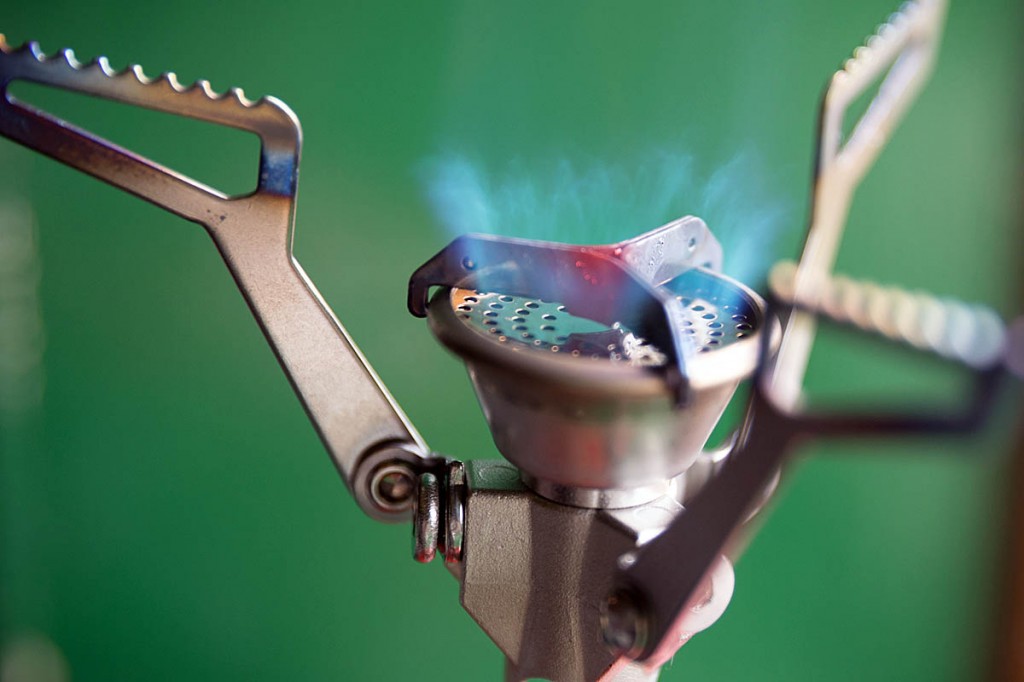
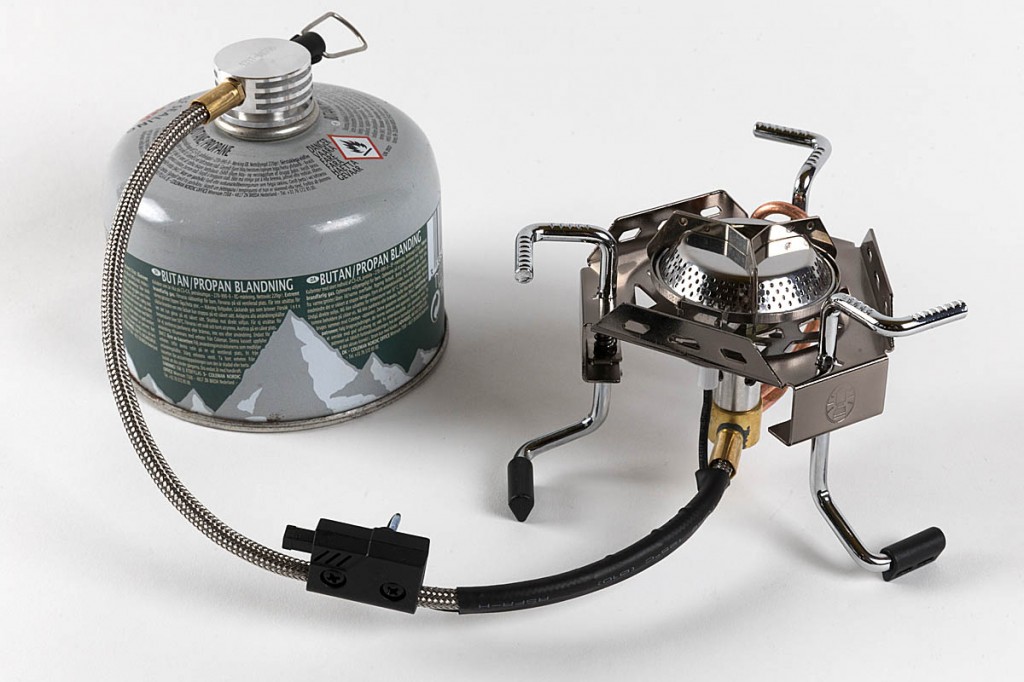
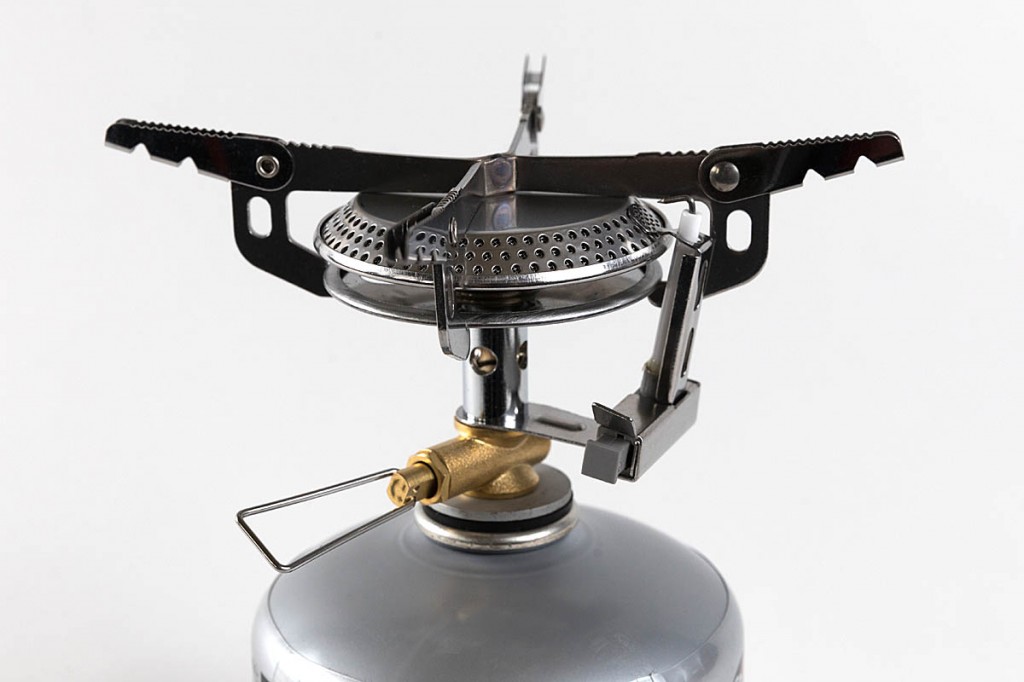
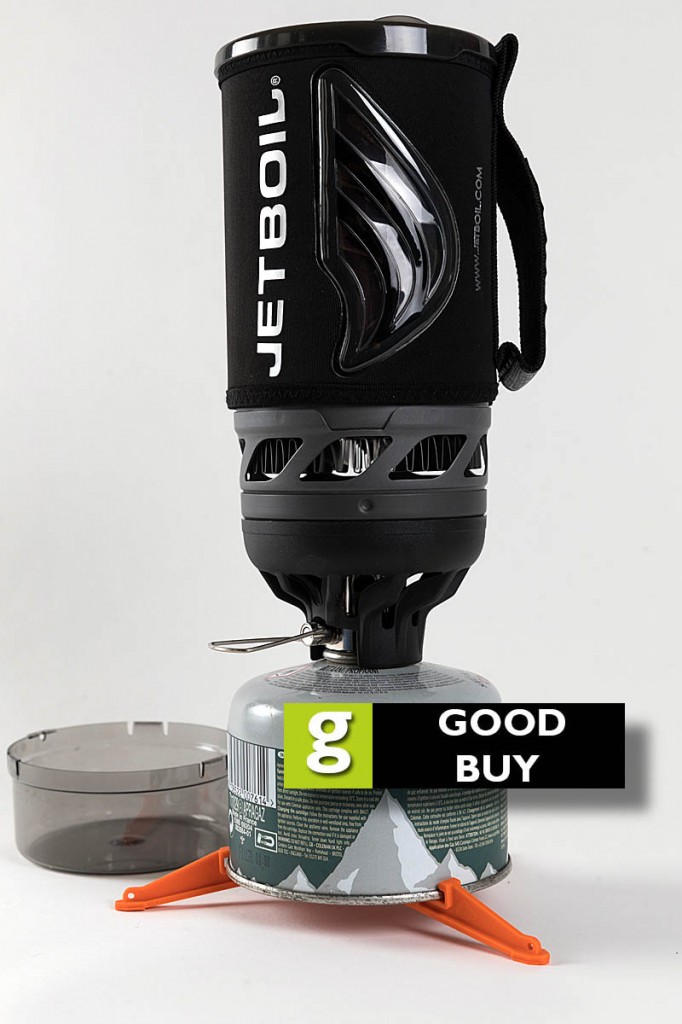
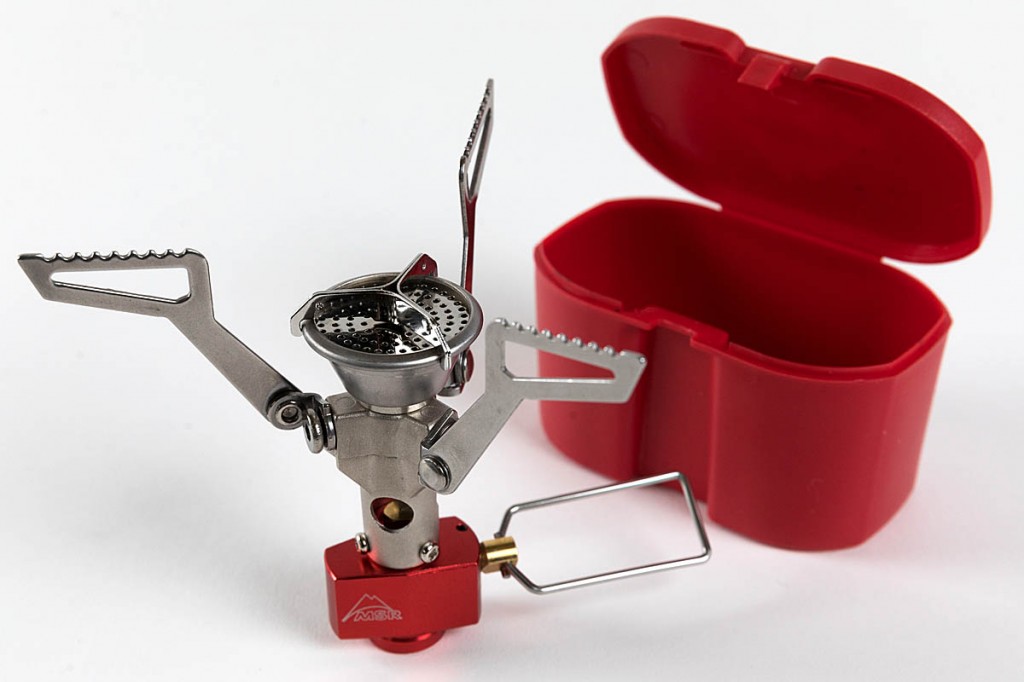
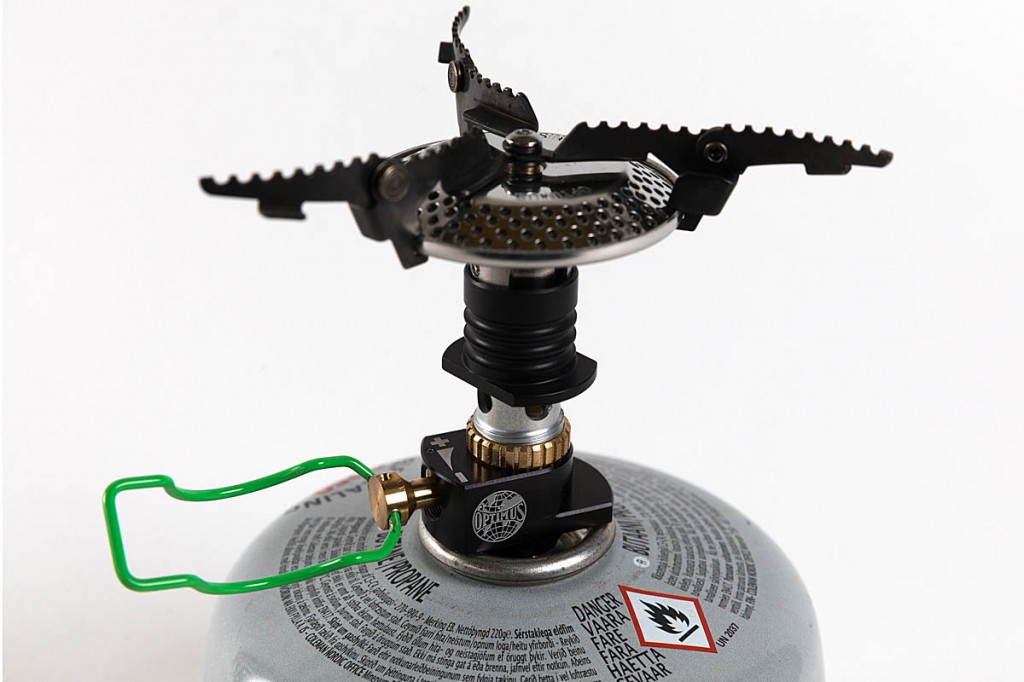
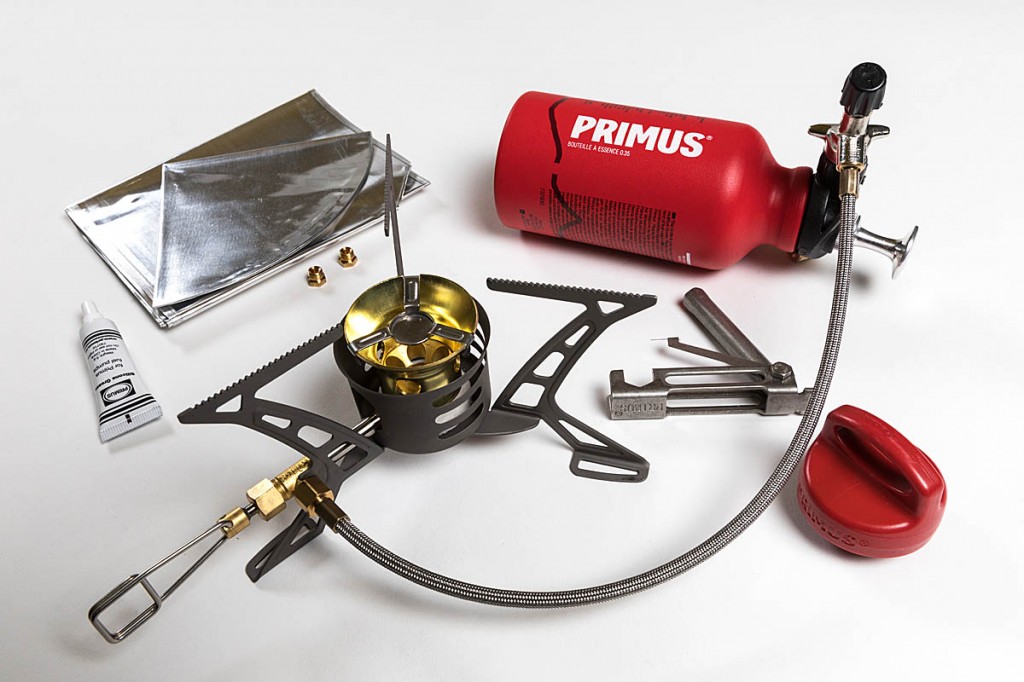
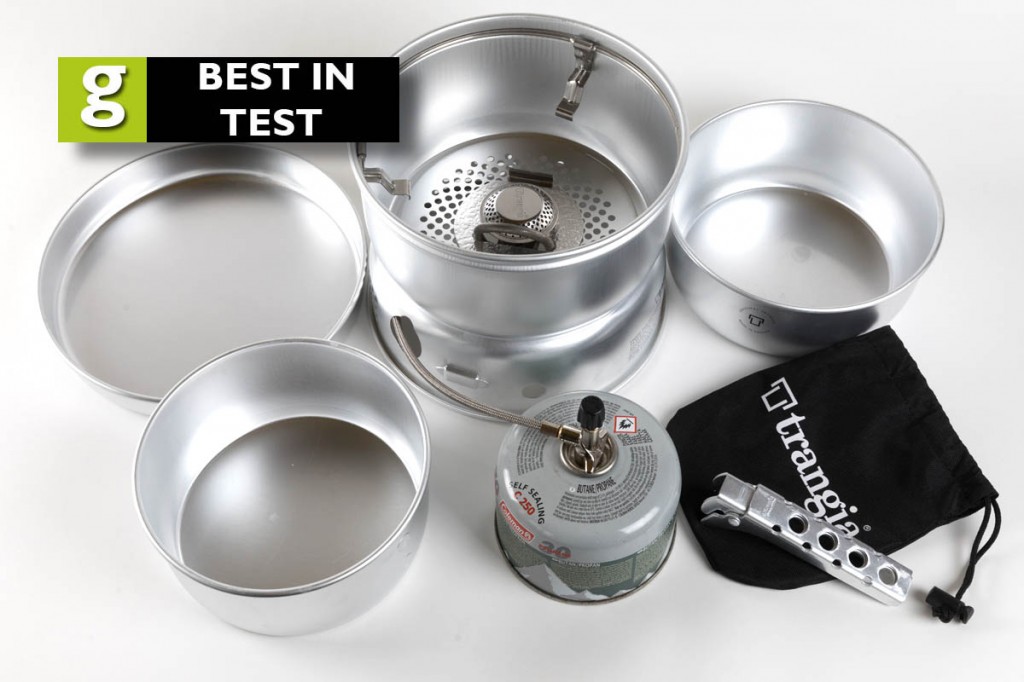
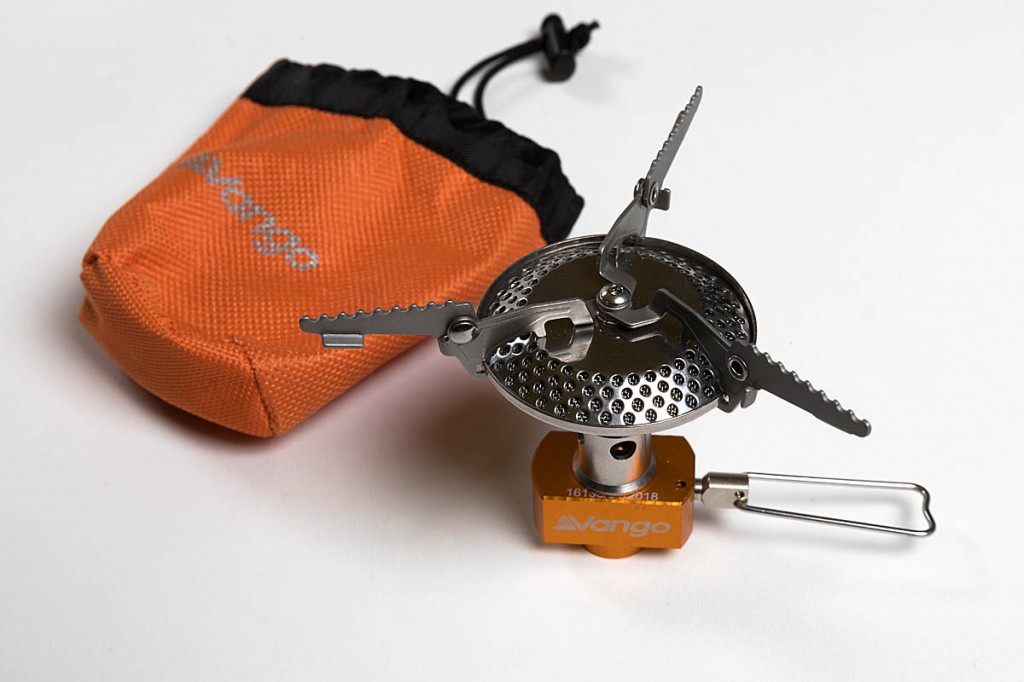
Doddy
04 September 2018If you hike abroad a bit like me these stoves are not much use as they are hassle to fly with, it can be done if super clean in the hold baggage; plus you need to get canister at your destination.
One thing you usually have in the hills is time so quick boiling is not that useful.
I pick up a pop can at the other end and make an alky stove, done a few but I practice one more time before I leave.
Unfortunately used cans are easily found on the roadside.
Methylated spirits or similar is usually easier to find in garages and supermarkets than canisters.
I do have two canister stoves, a liquid fuel stove and a Trangia but use the alky stove in the UK most of the time- unless I going to have to melt snow.
Dennis
20 August 2020would be good if they actually weighed the gas not relied on manufacturers estimates of consumption